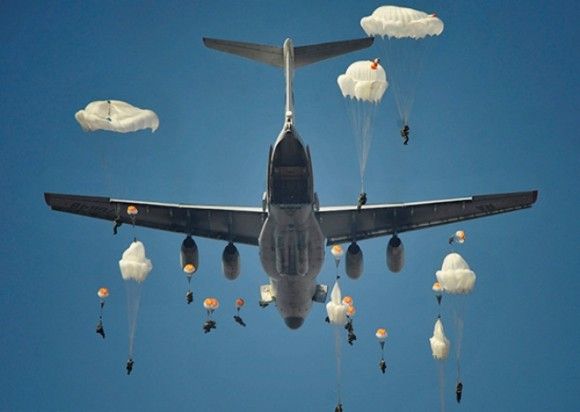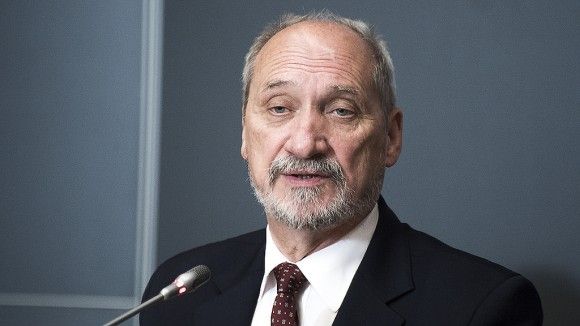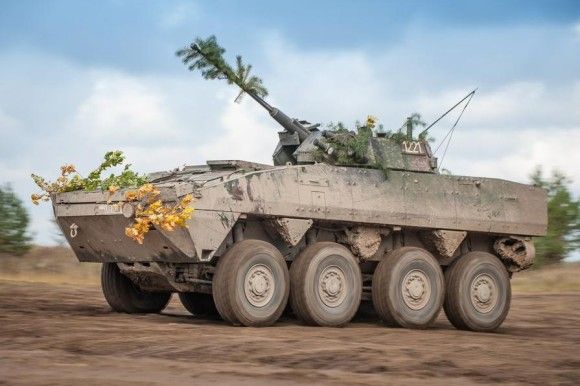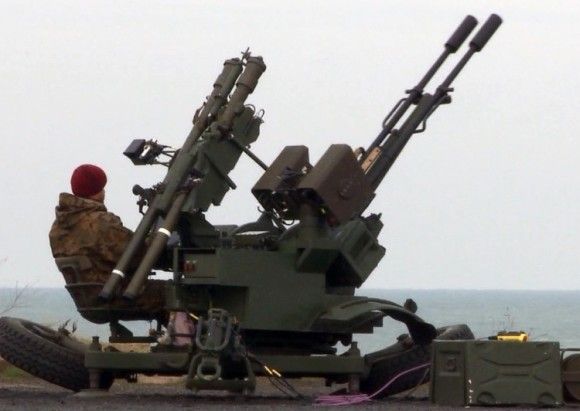Are Russians Facing a Shipbuilding Crisis?
Russian industry is willing to diminish the effect that the international sanctions imposed on Moscow had on their ship manufacturing capabilities.This initiative is going to be implemented by execution of deliveries of modern powerplants and turbines for the new vessels of the Russian Navy.Russian Ministry of Defence did not place any specific orders which could be viewed as a confirmation of the aforementioned rumours.
The representatives of the Russian shipbuilding industry revealed the prospects, achievable when it comes to construction works regarding the new vessels for the Russian Navy, in the light of the complicated economic situation, broken trade contacts and, above all, in the circumstances in which sanctions have been imposed by the Western states on Moscow.
Marine Gas Turbines
The most important task which is expected to be realized by the Russian defence industry, is to initiate a series production of the 22350 Admiral Groshkov class frigates, with displacement defined as 4500 tonnes. According to the announcements that had been made earlier, this may mean that a necessity exists to construct 20 to 30 vessels. This task, however, may be hampered by two problems. First, the test programme regarding the first of the constructed frigates, which is currently carried out by the Northern Fleet, needs too come to an end. After the test programme is finalized, which is expected to happen in 2016, there will be a chance to evaluate and determine the ultimate quantity of vessels which would be needed to be procured.
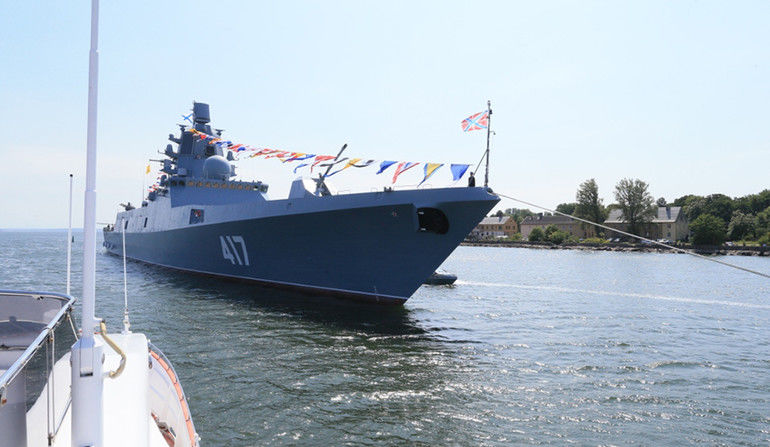
Nonetheless, then another problem would still need to be rectified, referring to the propulsion system, namely the M90FR gas turbines. These turbines are being manufactured by the state Zorya-Mashproyekt facility in the Ukrainian town of Mykolaiv. Certainly, after Russia decided to proceed with annexation of the Crimean Peninsula, the Ukrainians will not make a decision to deliver the aforementioned propulsion systems for the Russian Navy. This is also a reason why only a single Admiral Gorshkov-class frigate has been built. The construction works pertaining to three other vessels, which had been initiated earlier, had to be suspended.
The task of “rescuing” the Russian capacity to construct and manufacture the maritime gas turbines was delegated to the research and manufacturing NPO “Saturn” facility, located in Rybinsk, the second largest city of the Yaroslavl Oblast. It has been revealed that all design and research works related to the project proceed in line with the schedule, they are even rumoured to be ahead of the plan. The prototype of the first turbine will be ready for laboratory tests a year earlier than it was expected – in 2017.
The factory tests of the turbine will take place at the Severnaya Verf (Northern Shipyard) facility, in St. Petersburg. What is more, the Russians assume that the first of the series production turbines are going to be installed on the 22350 design vessels at the end of 2017. The industry also hopes to receive more orders from the Russian Ministry of Defence, not only including the 22350 design frigates, but also referring to a slightly smaller 11356 design Admiral Grigorovich-class frigate (with displacement of around 4000 tonnes). So far, construction works related to three out of six vessels of this type at the “Yantar” shipyard in Kaliningrad had to be suspended. This is also interpreted as a result of the fact that troubles exist, when it comes to acquisition of the propulsion system.
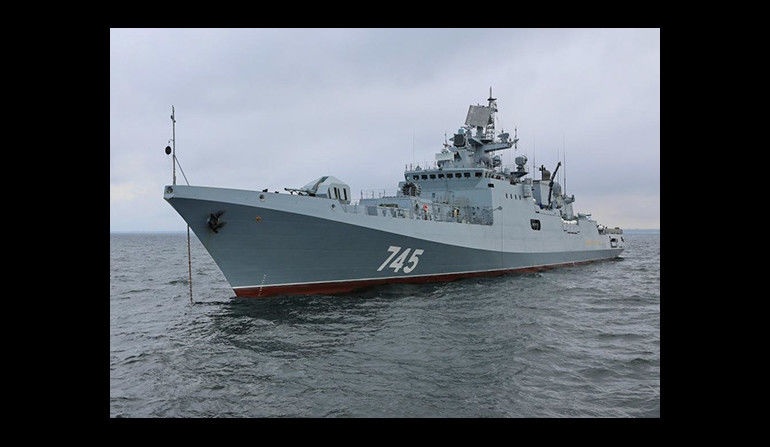
Have the Diesel Engine Problems Pertaining to the Corvettes Been Solved?
Reportedly, the Russians also faced significant difficulties within the programme concerning their corvettes. The Russian shipbuilding companies, so far, have been able to manufacture five 20380 design Steregushchy class corvettes, moreover, construction works regarding the two new type 20385 design Gremyashchy class vessels have also been initiated. In the latter case, the Russians are facing problems in acquiring proper diesel engines for the ships – the initial assumption was that MTU powerplant would be applied in the design. Thus, in 2015, a decision has been made to replace the foreign propulsion solution with a Russian one, developed by the OAO “Kolomensky Zavod” factory in Kolomno.
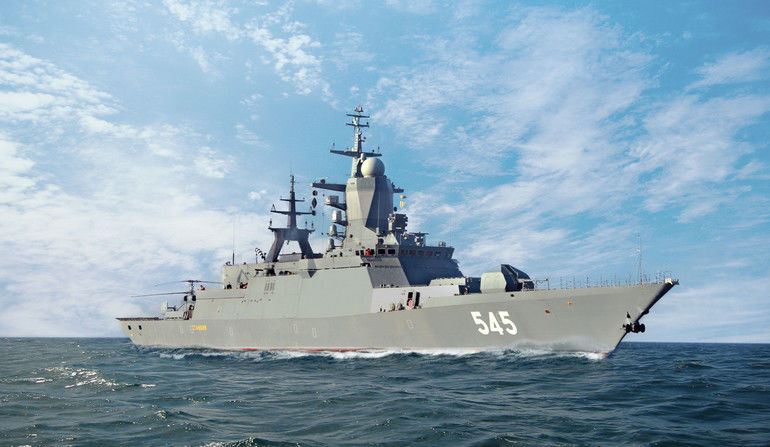
The initial examples of the new engines have already been delivered in April this year. They are going to be installed onboard the first 201385 design “Gremyashchy” vessel. The Russians claim that they are able to replace the track-proven and reliable MTU engines. But this is yet to be verified, during the sea trials.
What about other, large vessels?
When it comes to the large surface combatants, the representatives of the shipbuilding industry have ultimately confirmed the fact that the Defence Ministry of Russia so far, has not presented any requirements or desire to procure large landing ships. Hence, no plans exist to fill in the gap left by the Mistral-class helicopter carriers which have not been delivered by France. This may mean that the Russians postponed their plans of creating large naval landing groups.
No information exists, regarding the potential design works, the aim of which would be to develop a new aircraft carrier. The media are reporting that plans exist to create a new vessel, or a number of ships of this class, but usually these reports usually refer to a very imprecise draft.
Russian press also published several articles referring to “Kuznetsov”, the sole existing Russian Aircraft carrier. In October 2015 it was announced that the vessel undergoes sea trials in the Barents Sea, involving missile firing tests involving the 3K95 “Kinzhal” SAM which is an equivalent of the land-based Tor-M1 system.
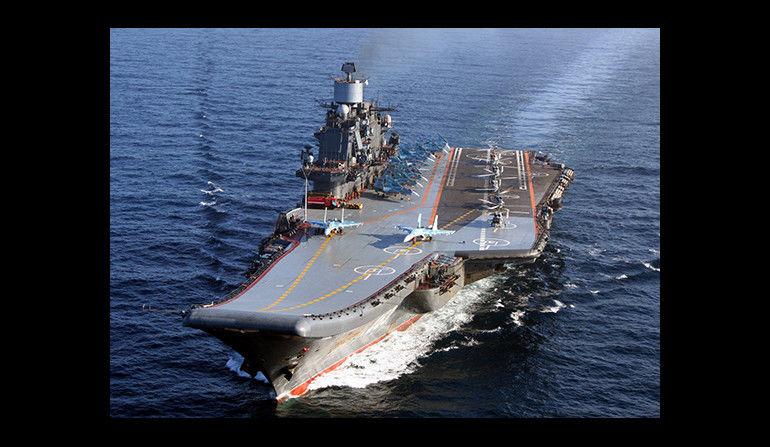
The true information about the technical status of the vessel remains confidential. Meanwhile, reportedlyit has been assumed that as early as in the summer of 2016, Kuznetsov is going to become the most important vessel of the group which operates in the Mediterranean region. Because of the assumption above, Minister Sergey Shoygu issued a public order, as follows: “until 1st July 2016 the ship should be ready for testing with involvement of aircraft and helicopters which are expected to operate from the cruiser”.
It turned out though, that the ship is still undergoing repair works at the Zvezdochka Murmansk yard No. 35 (“Sevmorput”). What is more, representatives of the industry admitted that no major works are being carried out, regarding that vessel. According to the reports, Russian Ministry of Defence still did not provide the shipyard with an outline of the works, which would make it possible to create a schedule of a “serious overhaul” expected to be carried out, in case of Kuznetsov. This means that, so far, no works of this type have been carried out.
Crimea Saved By Hovercraft?
More and more often, claims are being made that manufacturing process pertaining to large landing hovercraft has been restarted. The above refers to the 12322 design Zubr large air cushioned landing craft, with displacement of 555 tonnes. This became possible after Russia took over Crimea, along with the Feodosia shipbuilding company “Morye” (Prymorskyi). Before the fall of the Soviet Union, this facility dealt with construction of such craft. The Russians claim though that the Khabarovsk Shipbuilding Yard has been building similar vessels (12061 Murena class hovercraft, with displacement of 150 long tons).
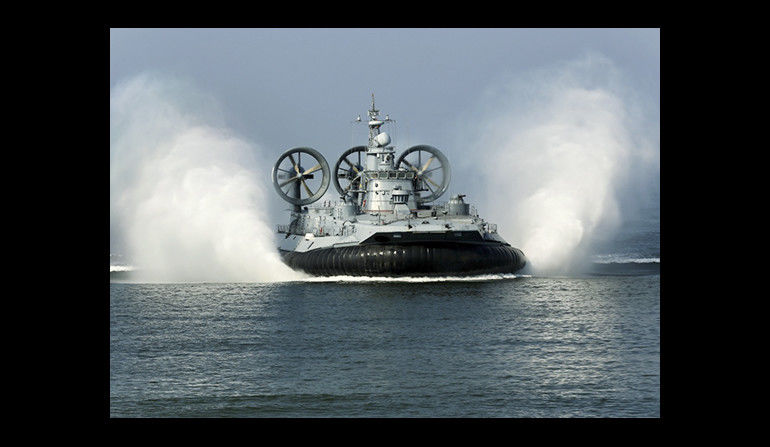
However, the Khabarovsk yard is no longer manufacturing the Murenas, and this statement has been true since 1992. In 2013, the Ukrainians have been creating the modernized Zubr class craft in Feodosia. These landing crafts were to be received by China. We should remember though that the Russian Ministry of Defence did not confirm any plans of restarting the manufacturing process regarding the Zubr-class craft.
This does not mean though that the Crimean yard cannot be used to construct other vessels, or overhaul the older ships of the Russian Fleet. The above situation would be compliant with the order issued by Putin, to provide assistance within the framework of integration of the Crimean facilities, with the Russian industry. This is why the Sevastopol shipyard has signed a partnership deal with the “Zvezdochka” company.

